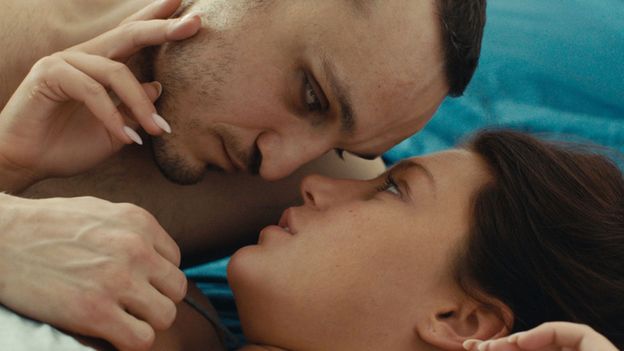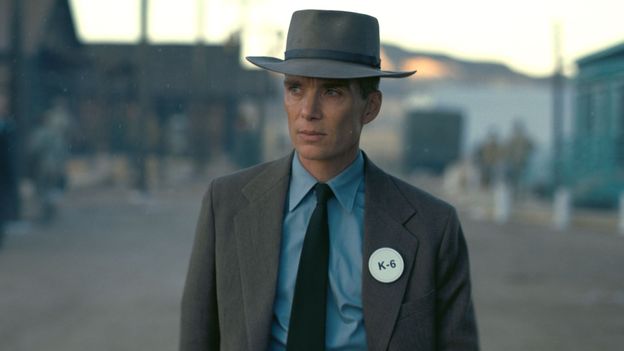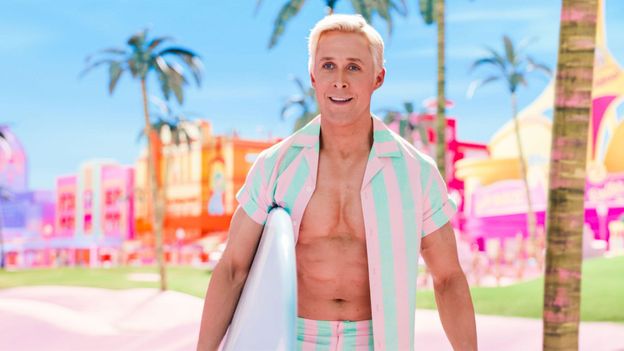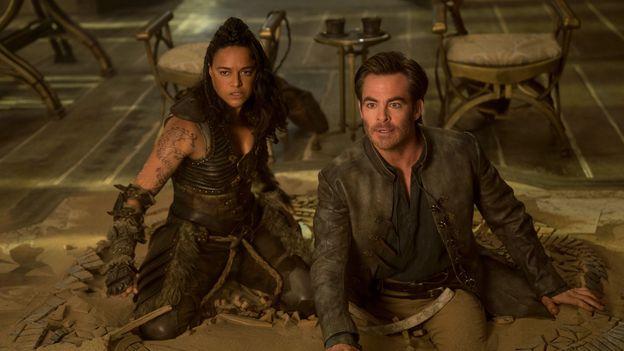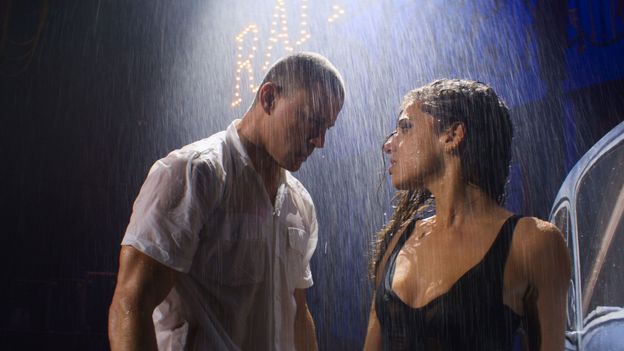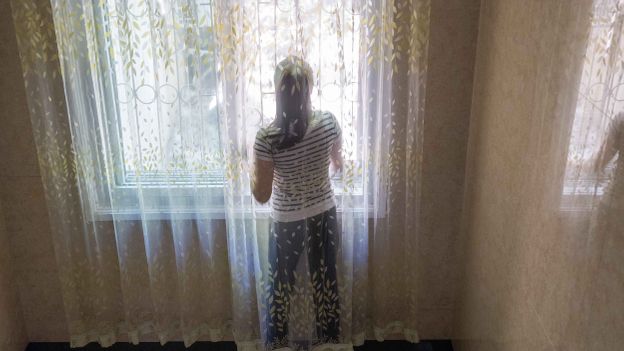Still, with the likes of Al Pacino, Robert de Niro and Dustin Hoffman training with the Actors’ Studio in the 70s, a new generation of stars renewed Hollywood’s commitment to method acting. Hoffman, for example, lost 15lbs and ran up to four miles a day to get into shape for playing a PHD student and would-be marathon runner Babe in the acclaimed Nazi-espionage thriller Marathon Man (1976). When a scene called for his character to be out-of-breath, Hoffman would run half a mile before shooting so his exhaustion would be realistic. In the film, Babe finds himself on the wrong side of Nazi war criminal Dr Christian Szell, played by the classically trained thespian Laurence Olivier. The legendary story goes that when Olivier heard Hoffman had stayed up all night for two days before shooting scenes where his character had not slept for 72 hours, he allegedly told his co-star, “My dear boy, why don’t you just try acting?” Hoffman claims his insomnia was down to excessive partying in the wake of his divorce, but, whatever the truth of the matter, the tale has since become symbolic of the friction between classic and method acting styles.
For Clint Dyer, actor and deputy artistic director of London’s National Theatre, who considers himself “an actor who has worked out a practice that is based in Stanislavski”, whatever method Hoffman used was worth it. “No one can say that that performance doesn’t turn you on as an actor,” he tells BBC Culture. “What Dustin Hoffman was going through [in character] was very different to what Laurence Olivier had to go through, so for Hoffman to run for miles and want to feel out of breath, feel his heart rate racing or stay up all night so that he doesn’t have to act it – well, it’s up to [him]. We all have different capabilities, so allow people the space to do what they need to get there.”
The fetishisation of acting ‘labour’
Though it didn’t earn Hoffman a best actor Oscar nomination (ironically, Olivier did get a nod for best supporting actor), he has been rewarded with seven nominations and two wins over the course of his career, and more generally method performances have often been recognised during award seasons because of the obvious labour that they involve. This can include recreating experiences from the character’s backstory, as De Niro did when he played Martin Scorsese’s eponymous Taxi Driver, Travis Bickle. In the 1976 film, he drove around as a cab driver in New York for nights on end without sleep. He was nominated for best actor for the role. The actor might also remain in character throughout the shoot, maintaining their accent and body language, to ensure authenticity is never lost. “Whether I’m doing Norma Rae or something seemingly lightweight and silly, I am quintessentially a method actor,” said Sally Field, who won best actress for her titular performance in Norma Rae (1979), and is part of a long line of female method actors including Jane Fonda, Ellen Burstyn and Shelley Winters.
“I prepare totally with the methods with which I was taught,” says Field. “So I would never lose the accent, I would wear the clothes she would wear, I would go and work in the mill. I would walk around and use whatever exercises to find her walk and find her rhythm and be it, so that you were no longer acting – you were behaving.”
As film academic Kevin Esch notes of the last 50 years of Hollywood, “the opportunity arose for an approach to acting that evoked the Method’s behavioural extremes at the same time that it fetishised discipline”. That discipline mostly manifested itself through what he describes as actorly transformation, whereby an actor physically alters their body through weight gain or loss. De Niro won best actor for Raging Bull (1980) for which he not only spent months training as a boxer with the real Jake LaMotta, but then, once the fight scenes were shot, gained 60lbs over a further four months so that he could look like the retired Bronx boxing champ in his older years. “What De Niro does in this picture isn’t acting, exactly,” critic Pauline Kael wrote in her review. “De Niro seems to have emptied himself out to become the part he’s playing and then not got enough material to refill himself with… what I found myself thinking about wasn’t LaMotta or the movie but the metamorphosis of De Niro.”
The likes of Christian Bale (The Fighter, American Hustle, Vice), Jared Leto and Matthew McConaughey (Dallas Buyers Club), Tom Hanks (Philadelphia, Castaway) and Adrien Brody (The Pianist) have also earned Oscar recognition for their extreme weight loss and gain for roles, with much of the marketing and press focused on their dangerous commitment to aesthetic authenticity. For Oscar-winning women who have similarly transformed their bodies, like Charlize Theron (Monster) and Hillary Swank (Boys Don’t Cry), the focus has been less on how much labour they went through as actors and more how unstereotypically feminine these beautiful women are willing to become. “The worst thing that can happen to Charlize Theron is that she doesn’t look like Charlize Theron,” says Bastién, who criticises the received industry wisdom that transformation is the marker of an awards-worthy performance. “In the wake of De Niro and Christian Bale, [physical transformation] has been grafted on to method acting, even though it isn’t intrinsic to it.”
In general, says Bastién, the labour of acting has been mythologised by mainly cis white male actors in order to portray their profession as something that demands to be appreciated with solemn regard. “There is maybe the fear and insecurity about being an actor and about the seriousness of their work,” Bastién notes, “so they have to graft a legible form of labour upon it so that they can get praised.” That certainly seems to be the case for Strong. “If I were to be halfway in and at the same time aware of the artifice of what we’re doing,” he told GQ. “I would just think the whole thing is ridiculous.”



